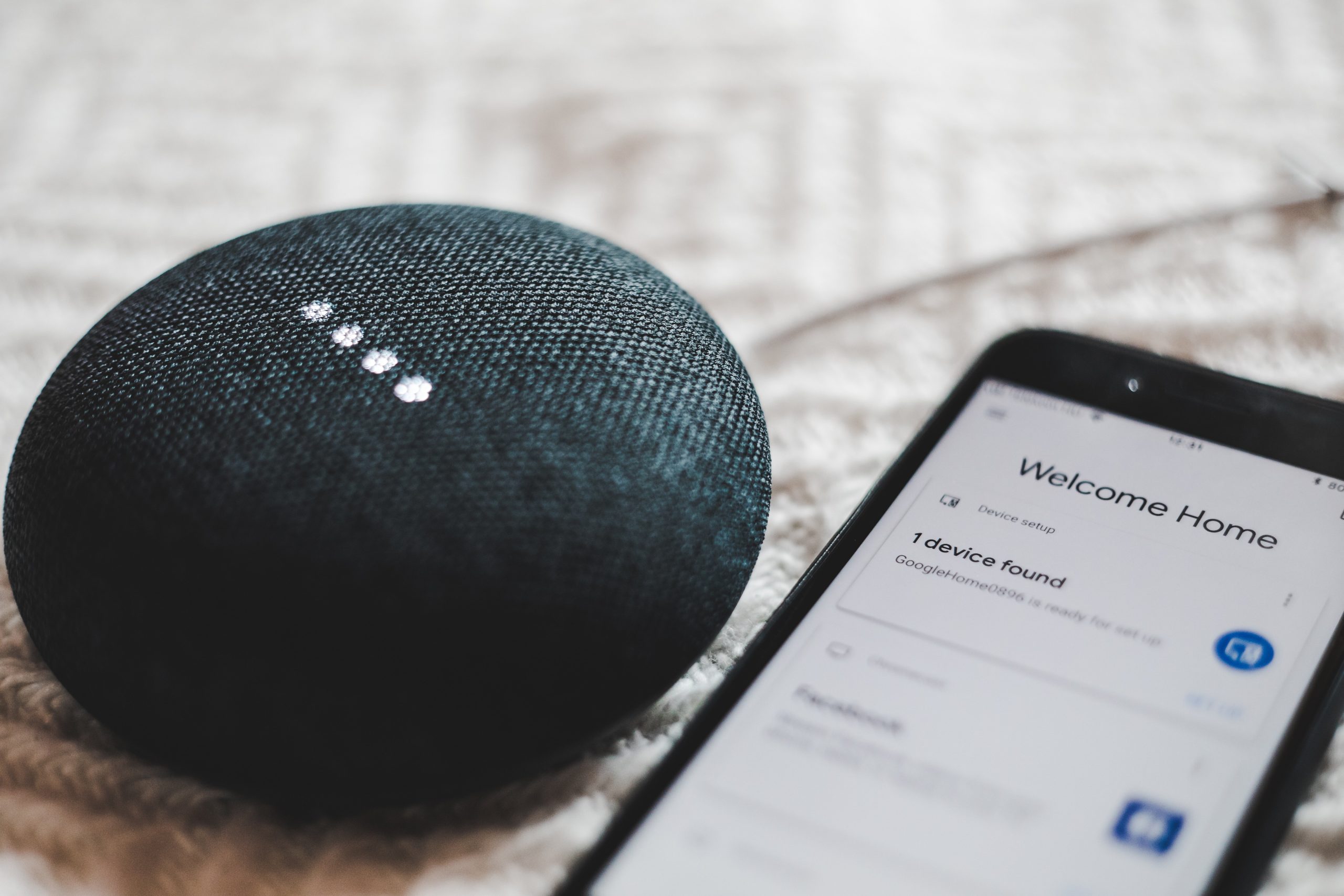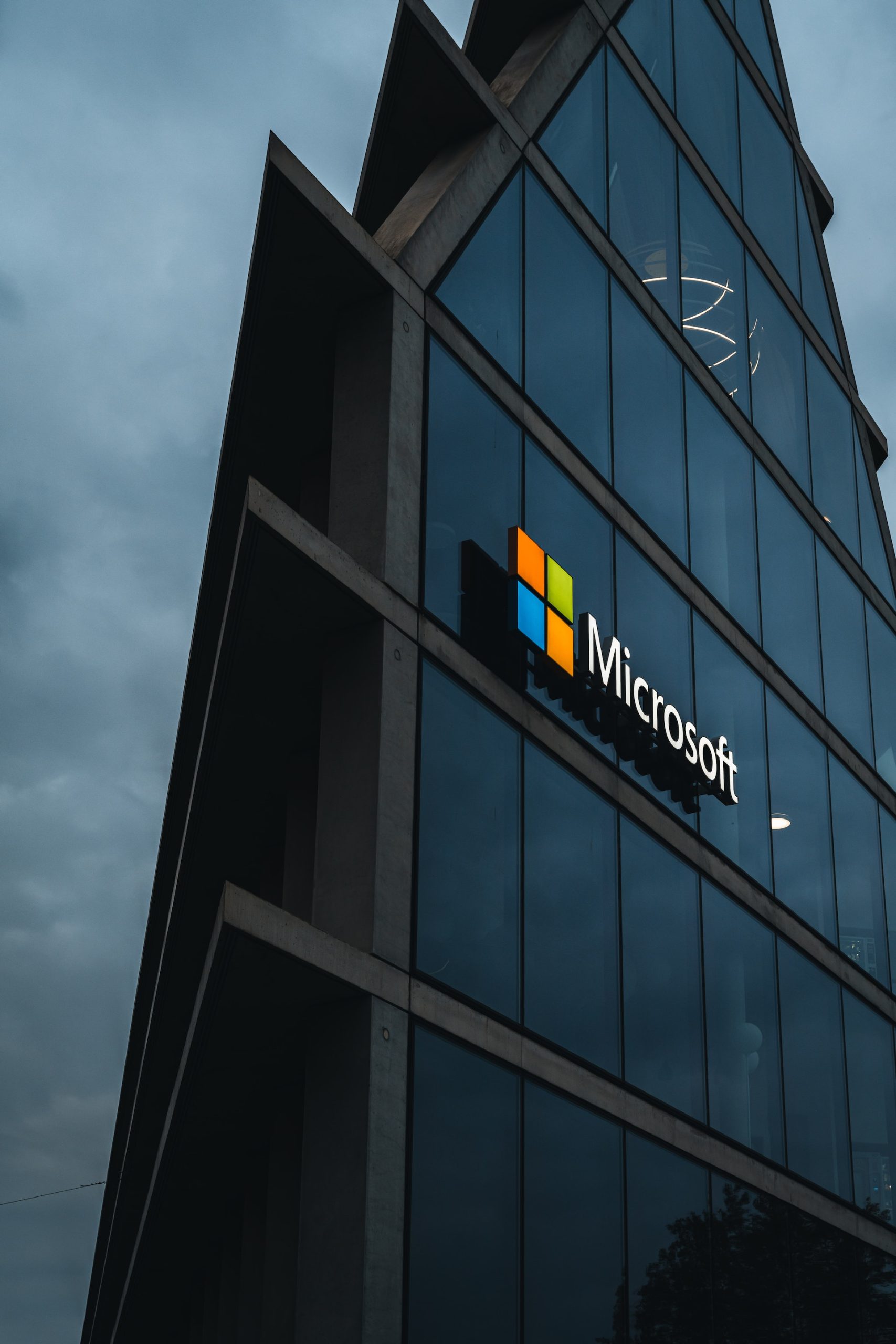Introduction
As technology continues to revolutionize the way we live and work, cybersecurity has become a crucial component of every organization’s strategy. With the ever-evolving threat landscape and increasing sophistication of cybercriminals, it is imperative that companies stay up-to-date with the latest trends and predictions in the field. In this blog post, we will explore how cybersecurity plays a vital role in shaping the future of technology and what trends are likely to emerge in this dynamic industry. So put on your thinking caps as we dive into a world where security meets innovation!
The Current State of Cybersecurity
In light of the recent string of high-profile cyber attacks, it’s no wonder that cybersecurity is top of mind for many business leaders today. But what is the current state of cybersecurity, and what trends are emerging that will shape the future of this critical field?
Here are some key facts and figures to keep in mind:
• There were over 4,000 reported data breaches in 2017, a 44% increase from 2016 (1).
• The average cost of a data breach is now $3.62 million (2).
• Cybercrime is expected to cost the world $6 trillion annually by 2021 (3).
With these numbers in mind, it’s clear that cybersecurity is a pressing concern for businesses of all sizes. And as we become increasingly reliant on technology, it’s only going to become more important. Here are some key trends to watch out for in the future of cybersecurity:
Trends in Cybersecurity
The role of cybersecurity will continue to be important in the future of technology. Here are some trends and predictions for the future of cybersecurity:
1. The rise of artificial intelligence (AI) and machine learning will lead to more sophisticated cyber attacks. AI can be used to create realistic fake videos and images, which can be used to trick people into clicking on malicious links or opening attachments that install malware. Machine learning can be used to automatically detect and block malware.
2. The Internet of Things (IoT) will create new security challenges as more devices are connected to the internet. Hackers could target IoT devices to gain access to sensitive data or disable critical infrastructure.
3. 5G will bring faster internet speeds and lower latency, which will enable new applications and services such as virtual reality and autonomous vehicles. 5G will also increase the surface area for attacks, as more devices and services are connected to the internet.
4. Cryptocurrency exchanges will be a target for hackers due to the large amounts of money involved. Exchanges have already been hacked, and we can expect more attacks in the future as cryptocurrency becomes more popular.
5. Cybersecurity budgets will continue to increase as organizations invest in protecting their data and reputation from cyber attacks.
The Future of Cybersecurity
As technology evolves, so too does the landscape of cybersecurity. As we move into the future, it’s important to be aware of the emerging trends and predictions for the role of cybersecurity in our increasingly connected world.
One major trend that is already underway is the shift from reactive to proactive security measures. In the past, cybersecurity has largely been about reacting to attacks after they’ve already happened. But as the stakes get higher and the threat landscape becomes more complex, organizations are starting to take a more proactive approach to security. This means investing in preventative measures like data encryption and comprehensive security training for employees.
Another big trend is the increasing focus on user experience (UX). As more and more people use technology in their everyday lives, it’s important that security measures don’t get in the way of a positive UX. This means making things like two-factor authentication (2FA) simpler and more user-friendly. It also means being transparent about data collection and use so that users can make informed choices about their privacy.
These are just a few of the many trends that are shaping the future of cybersecurity. As we move into an ever-more connected world, it’s crucial that we stay ahead of the curve in order to keep our data and devices safe.
Conclusion
The role of cybersecurity in the future of technology is one that should not be overlooked. With the increasing sophistication and complexity of cyber threats, it’s essential for organizations to prioritize security measures now more than ever. Through understanding current trends and making predictions about what lies ahead, we can better prepare ourselves for any potential cyberthreats that may come in the near future. By investing in proactive solutions such as risk management systems, AI-driven threat detection technologies, and data privacy policies, businesses can build a robust cybersecurity infrastructure that will protect their organization from malicious attacks.









